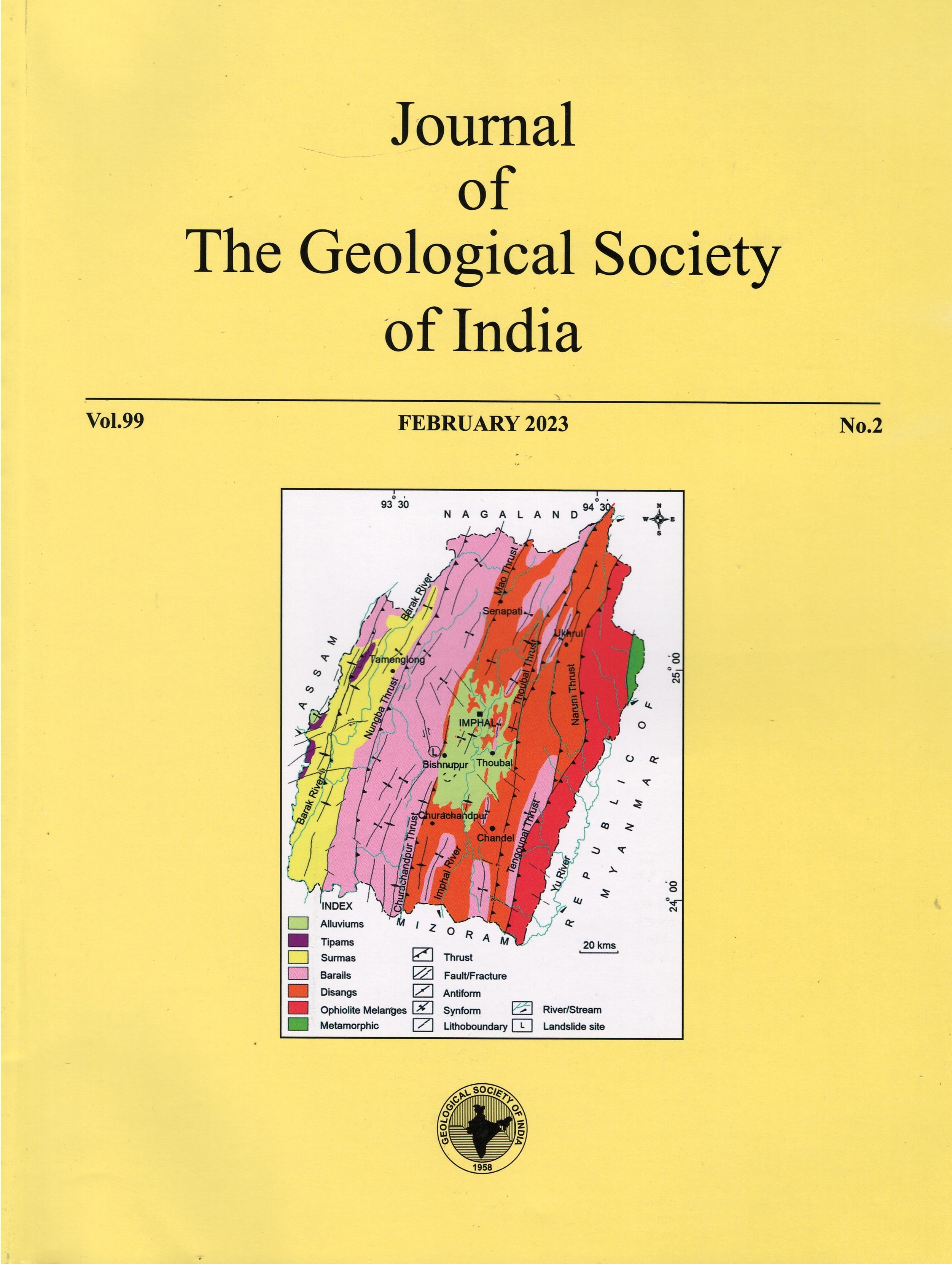Exploring Geomorphic Features in Lower Sabarmati River Basin as Signatures of Palaeoenvironmental Change, Gujarat: A Remote Sensing Approach
DOI:
https://doi.org/10.1007/s12594-023-2290-4Keywords:
No KeywordsAbstract
The aim of this work is to unravel the role of geomorphic indicators and/or signatures to be used as evidence for palaeoenvironmental changes and other forcing mechanisms from the lower reaches of the Sabarmati river basin, Gujarat, India region. In the present study, geomorphic features have been used as archives to debate the past land-sea interactions using satellite imagery. In the lower reaches of the Sabarmati river, a number of meanders, sinuosity changes, palaeochannels, and scroll plains have been identified. As a result of the rise and fall of the sea during the Holocene period, the changes in hydrodynamic and steady-state conditions of the river can be visualized in terms of changes in landforms. Thus, the intriguing geomorphic landforms in the lower portions of the Sabarmati basin delineate the likely archives and signs of previous environmental change, in particularly ∼ the relative sea level change. This approach provides first-hand documentation of the fluvial evolution under the direct impact of the varying forcing mechanisms. This attempt shows the effectiveness of satellite images in unravelling the clues to past changes from the landscape in a fast and insightful manner.

 Nikul P. Desai
Nikul P. Desai






